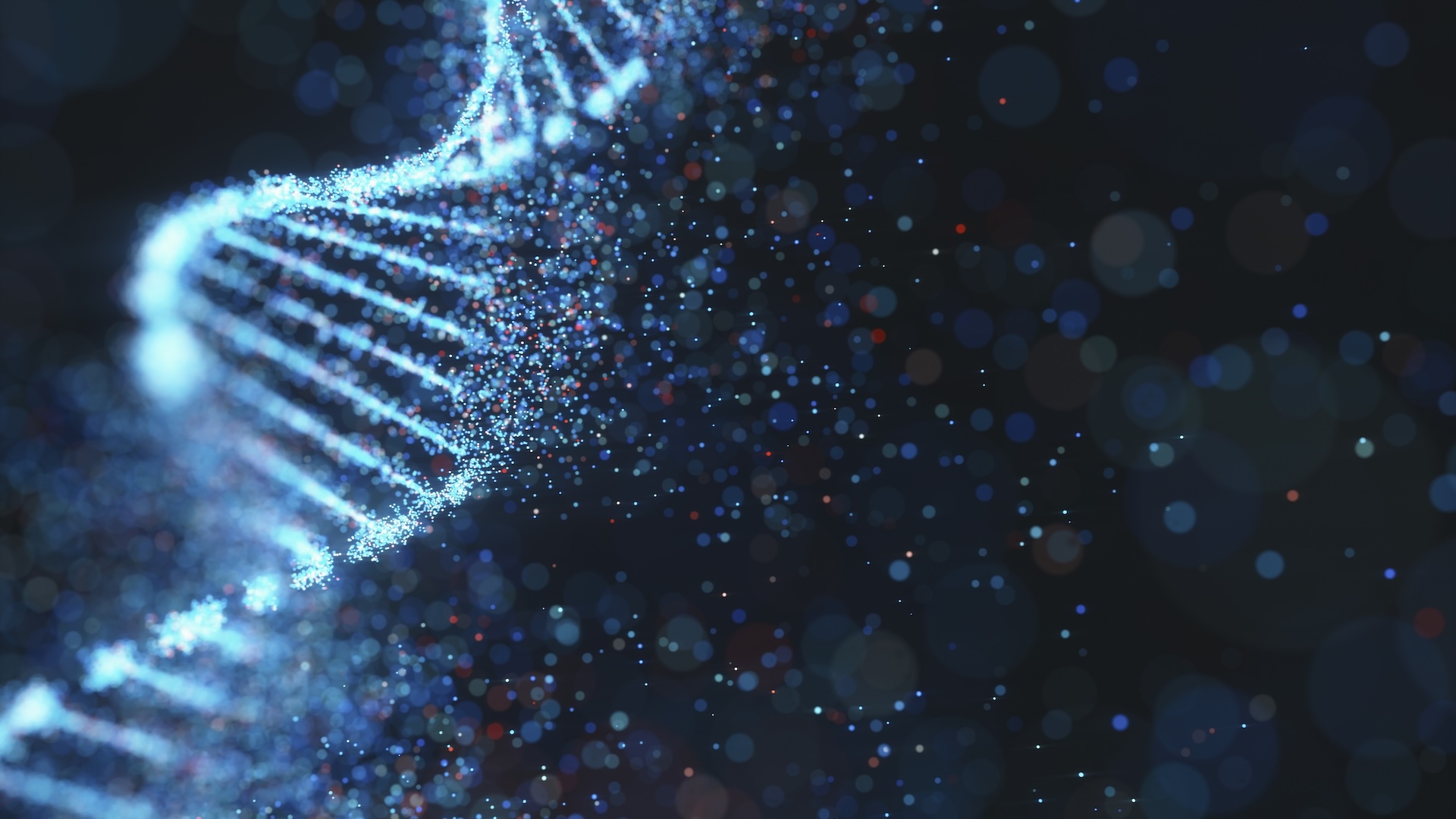There may be an evolutionary thread linking big brains, long lifespans and immune-system genes in mammals, a new study finds.
An organism’s lifespan depends partly on its genes, but scientists have yet to pinpoint all of the genes that turn the dial on longevity. Long-living mammals tend to have larger brains, leading scientists to suspect that the same genes that boost longevity may also build bigger brains.
Now, in a study published April 29 in the journal Scientific Reports, scientists compared the genomes of 46 mammal species — including Homo sapiens — revealing a bevy of immunity genes that could be linked to both characteristics.
The maximum lifespan of a species refers to how long its members would live if they escaped environmental threats, such as predators or infections, and died only of old age. These lifespans vary considerably across mammals, from less than one year for the common shrew (Sorex araneus) to up to two centuries for the bowhead whale (Balaena mysticetus). The oldest person lived to 122, but one study suggests humans can reach age 150.
Related: Extreme longevity: The secret to living longer may be hiding with nuns… and jellyfish
Some genes linked to lifespan have already been found — for instance, elephants’ genetics help guard against cancer. Due to their sheer size, elephants have more cells than other mammals and thus have greater odds of developing cancerous mutations. However, researchers discovered that these behemoths carry 19 additional copies of the gene for the tumor-preventing p53 protein, which enables them to live longer lives cancer-free.
Other genes for longevity remain to be discovered, so Araxi Urrutia, a geneticist at the National University of Mexico, and her colleagues set out to search for more. They wanted to focus on “families” of related genes.
Sometimes, when a cell copies its DNA and divides to form a new cell, it can accidentally copy and paste a gene to a new spot in the genome — a phenomenon called gene duplication. Over time, additional mutations cause the genes to become slightly dissimilar and adopt distinct functions.
If gene duplications occur multiple times within a group of related genes, they can produce a large family. One example is the beta-globin family of genes, which code for the proteins that make up hemoglobin, the oxygen-transporting molecule in blood. Urrutia’s team wanted to assess if any of these duplicated-gene families contributed to longevity.
They looked at more than 4,100 gene families across 46 mammal species, including baboons (Papio anubis), cats (Felis catus), and dogs (Canis lupus).. Some mammals have higher-quality genome sequences available than others.
“Sometimes genomes are not sequenced in the same way, so they could introduce some noise” in the data, said lead study author Benjamin Padilla-Morales, a geneticist at the University of Bath in the U.K. To reduce the odds that any members of a given gene family were missing from the analysis, his team focused only on species that had at least 80% of their genome sequenced.
They also focused their analysis on gene families that were detected in at least 80% of the mammal genomes they studied, so they were common to many animals. This made it possible to see if the size of the gene family in a species was proportional to that animal’s maximum lifespan.
They found that gene families involved in DNA repair and inflammation were small in short-lived mammals, whereas gene duplication had expanded those families in longer-living species. It may be that carrying more copies of DNA-repair genes can help prevent dysfunctional mutations from building up over time and thus promoting aging or cancer.
Related: Human aging accelerates dramatically at age 44 and 60
Meanwhile, genes involved in immunity may promote longevity by eliminating cancers early or fighting infections efficiently, said Maria Chikina, a computational biologist at the University of Pittsburgh who was not involved with the work. Some of the expanded genes in long-living species code for proinflammatory proteins, such as interleukin-6, which indirectly kickstarts antibody production. Chikina said these genes may also be involved in maintaining healthy tissue, such as by disposing of dead cells.
The immunity genes could additionally have roles unrelated to defense. “Many immune genes have been shown to be important in development, particularly in brain development,” Urrutia said. Past research has linked brain size and longevity, and most of the immunity genes tied to lifespan in the recent study were also linked to bigger brains, she added.
Regarding humans, previous work pinpointed gene variants in centenarians — people who live to at least 100 — that may partially account for their long lives, and the new study revealed that many of these genes belonged to expanded gene families. This suggests these genes might be worth exploring further to understand how genes control human lifespan.
The study shows that the evolution of longer lifespans in mammals took place alongside the duplication of immunity genes. However, it wasn’t possible to determine if these gene duplications caused the longer lifespans, Chikina noted. She suggested that, in the future, they could show that the association between these genes and lifespan is robust by repeating the experiment in nonmammals, like birds, to see if the connection holds true across more branches of the tree of life.
Chikina also proposed a way to test a causal link, to see if the genes actually drive up lifespan directly. “If you see there’s some sort of interesting new gene popping up in long-lived species, you could put it in a mouse and see what happens,” she said.
If further research can decipher if and how these genes affect longevity, scientists may one day be able to harness that information to develop anti-aging therapeutics or to predict the maximum lifespan of an individual based on their genetic makeup.
